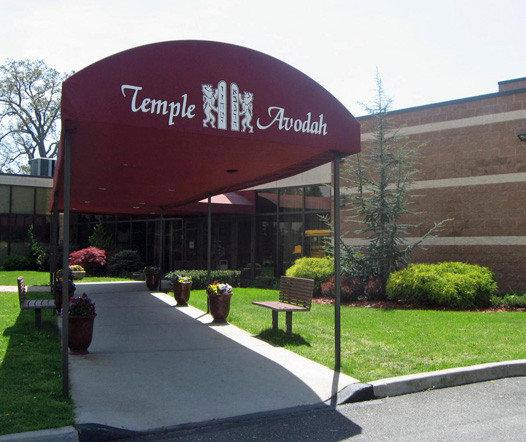Temple Avodah to celebrate two milestones
More than half a century ago, Oceanside’s reform Jewish community dedicated itself to the creation of place to gather and pray. Now, 60 years later, Temple Avodah’s congregation will celebrate the synagogue's anniversary, as well as Uri Goren’s 25th year as rabbi.
Temple Avodah has grown noticeably and undergone many changes since its creation in September 1952, when a group of more than 50 families decided that a Reform Jewish temple was needed in Oceanside. They set up a temporary religious school in a local nursery school, while services for the Sabbath and the High Holidays were held at one of the Oceanside firehouses.
“It was young people who felt that the other synagogue was too expensive for them,” said Florence Austin, who was one of the original families along with her husband Henry. “The people who were going there were moneyed and we were young people starting out and we thought that a reform synagogue would be important to us.”
Within just two months, the fledgling congregation had already grown to 75 families, and after 10 months, it had reached 120 families and the Temple House Committee began searching for a new location.
“They purchased the land here on Oceanside Road that had a 10-room house,” said Joyce Lipton, president of Temple Avodah’s executive board. “They didn’t have any money, so everyone painted it and fixed it up themselves.”
The home the committee purchased in August 1953, described as a mansion by Henry Austin, 88, came with a large carriage house where horses could be stabled. According to Florence, 86, the mansion was transformed into a religious school, while the services were held outside in the carriage house for the nearly 400-person congregation.
The dedication to a Reform Jewish temple in Oceanside was palpable. The school needed to be painted before it could be opened, and so 85 men, women and children volunteered to paint it in a single Sunday.
When it was clear that a $10,000 budget limit was not enough to create a building large enough to house the congregation, the members, many of whom were inexperienced in manual labor, took up hardhats, hammers and saws.









